The collapse of the USSR left behind a haunting post-apocalyptic world.
More info: Instagram
This place is called ,,Arashenda” which can be translated as the place, which was not finished to be built till the end
It was supposed to be a hotel in Soviet times but there were too many mistakes in a project and at last refugees from Abkhazia moved here in 1990s.
The building looks like an opened book, this view is directly taken from the middle
This iconic sky bridge connects 2 different streets and shortens the time to get on the second side
You can even find a second hand shop on the bridge. The architects of the towers situated at a steep hillside built in 1974-76 are Otar Kalandarishvili and G. Potskhishvili. Three of them are connected through a bridge.
The Chronicle of Georgia” known as Tbilisi’s Stonehenge consists of gigantic pillars
The top parts are decorated with scenes of the history of Georgia, mainly with the kings and queens who reigned over the country. The lowers parts portray historical events like the life and work of Jesus. The monument was created by Zurab Tsereteli, a Georgian sculptor. The construction started in 1985 but it’s still partially incomplete.
This building belongs to the Ivane Javakhishvili Tbilisi State University
The first building of Student’s town was built in 1975. In 1985 there were already 5 buildings and more than 2000 students were living here in that time. Today only 2 buildings are rented by students, others are in a private property of refugees.
The bridge between the Students’ Town and the university
The cable car which is not working at the moment connected the Students’s town to the 9th and 10th building of Tbilisi State University
The Palace of Rituals is a building in Tbilisi designed by architect Victor Djorbenadze
It was built in 1984 as a wedding venue. The building, drawing on influences as diverse as 1920s expressionism and medieval Georgian church architecture. Soviets intended for it to be a sort of secular church, in which strictly non-religious wedding. In 2002 it was purchased by the oligarch Badri Patarkatsishvili for use as his personal residence. At this moment it is closed for visitors.
Tbilisi Archeological Museum was established in 1988 by the well-known Georgian archeologist, head of the Tbilisi archeological expedition, Rostom Abramishvili
The museum housed monuments, discovered by the archeological excavations in Tbilisi. In the museum was kept the earliest in the world samples of tinned bronze objects from Tbilisi district dwelling, dated as 4.000 years old.
Metro station Isani opened in 1971 and was renovated in 2006
The Station Square station was built in the Soviet times along with the other stations of Tbilisi Metro
It was formerly, until 2011, known as Vagzlis Moedani. Vagzlis comes from the Russian word for station, “Vokzal”, since it is located below the Tbilisi railway station.
Other examples of living apartments built in USSR
2Kviews
Share on FacebookWow! Some of this architecture is just so amazing.The 3 buildings connected by bridges--I love how you can spot the original windows and those that have been replaced with something different. The museum is amazing. Thank you for this.
Fascinating to see! The architecture is so different to here (UK) and I love that you have included the information behind the images. Many thanks for sharing 😊
Wow! Some of this architecture is just so amazing.The 3 buildings connected by bridges--I love how you can spot the original windows and those that have been replaced with something different. The museum is amazing. Thank you for this.
Fascinating to see! The architecture is so different to here (UK) and I love that you have included the information behind the images. Many thanks for sharing 😊

 Dark Mode
Dark Mode 

 No fees, cancel anytime
No fees, cancel anytime 




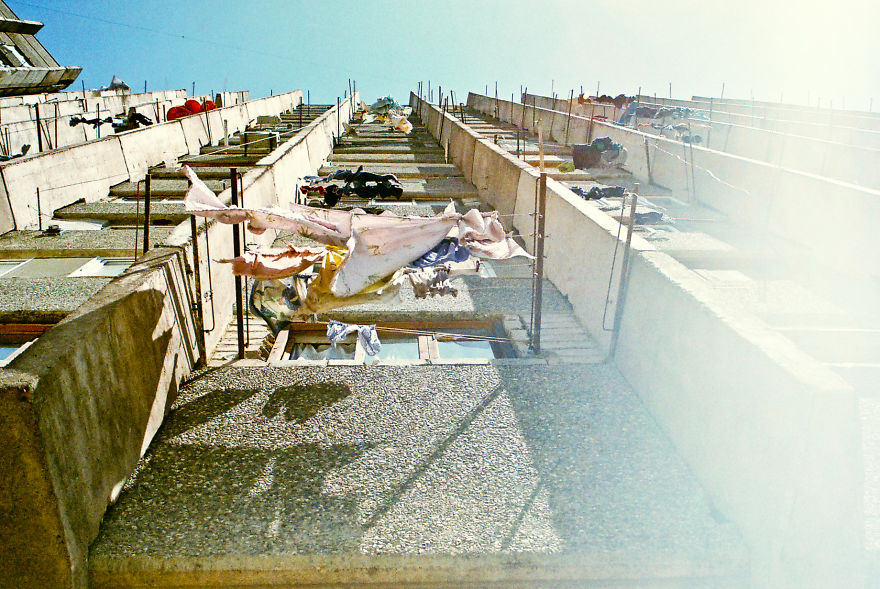



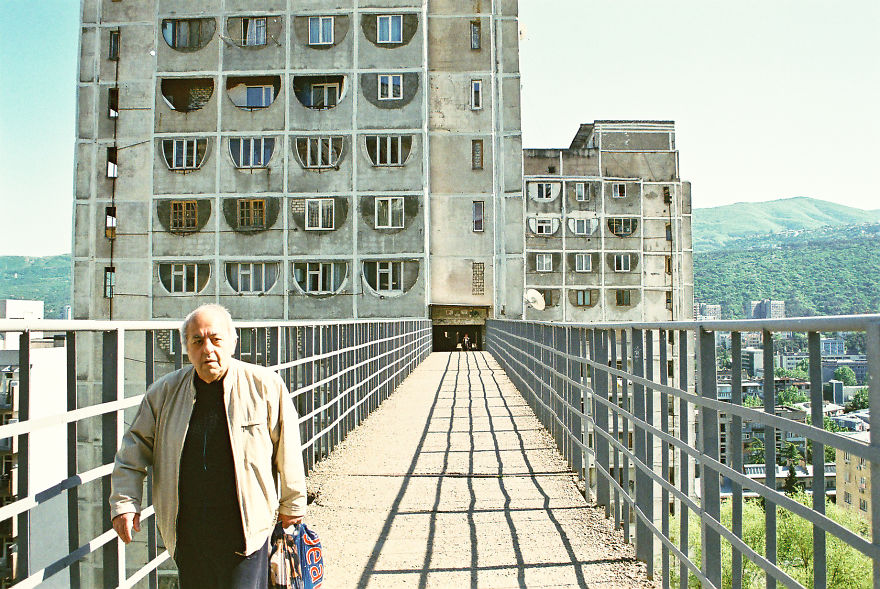


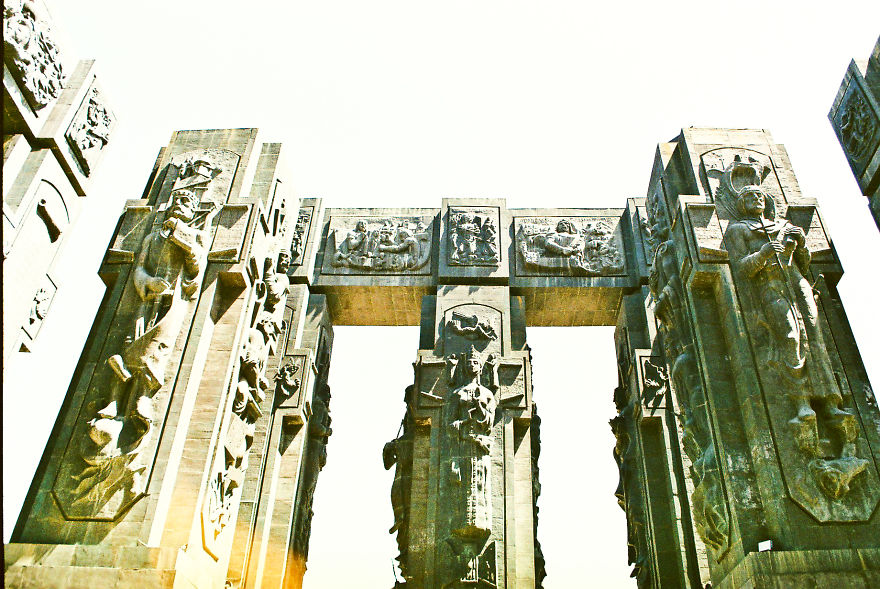

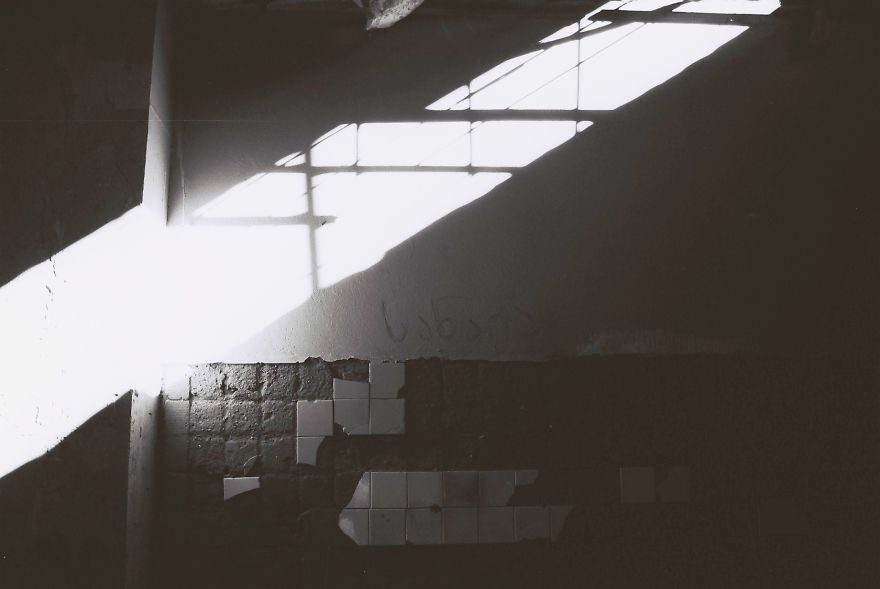



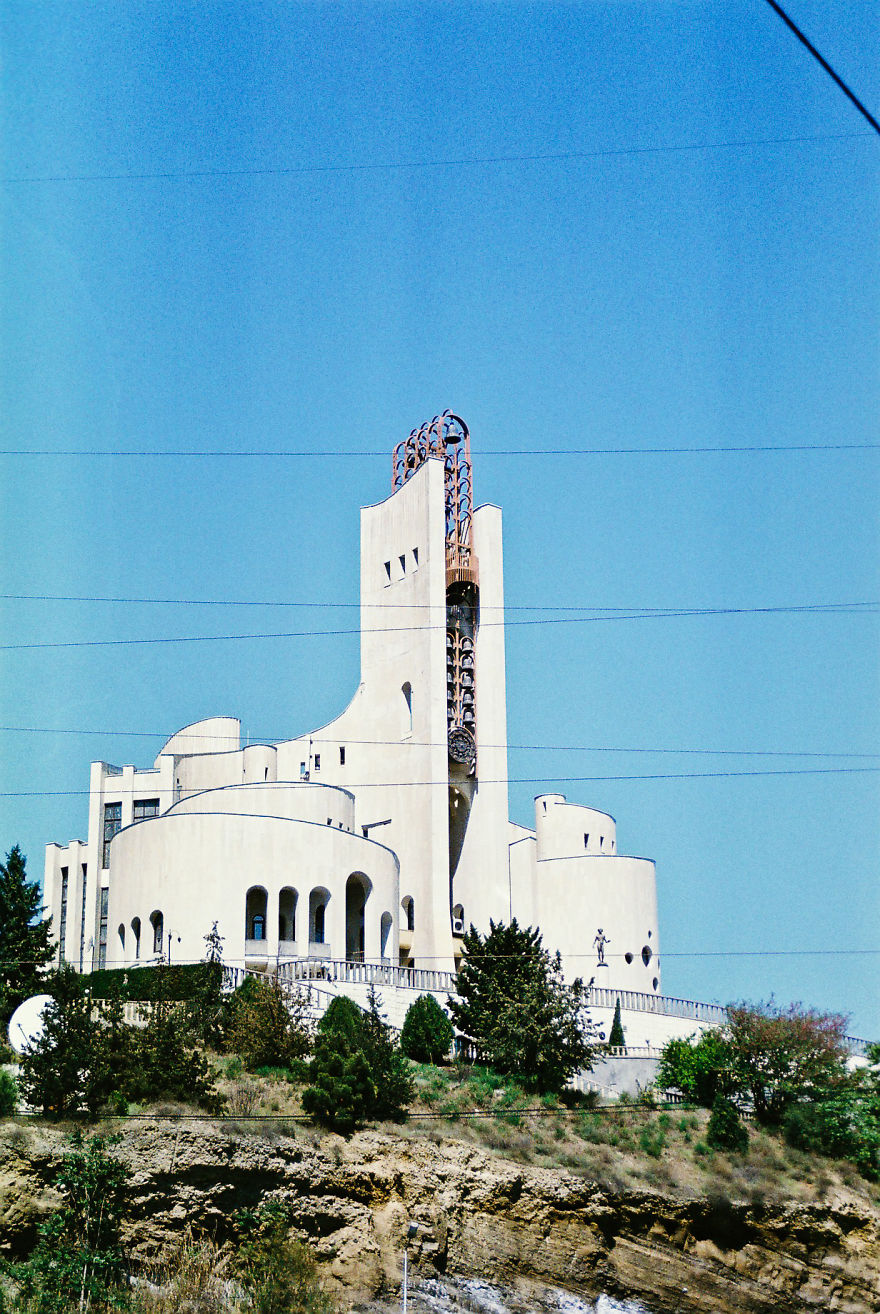

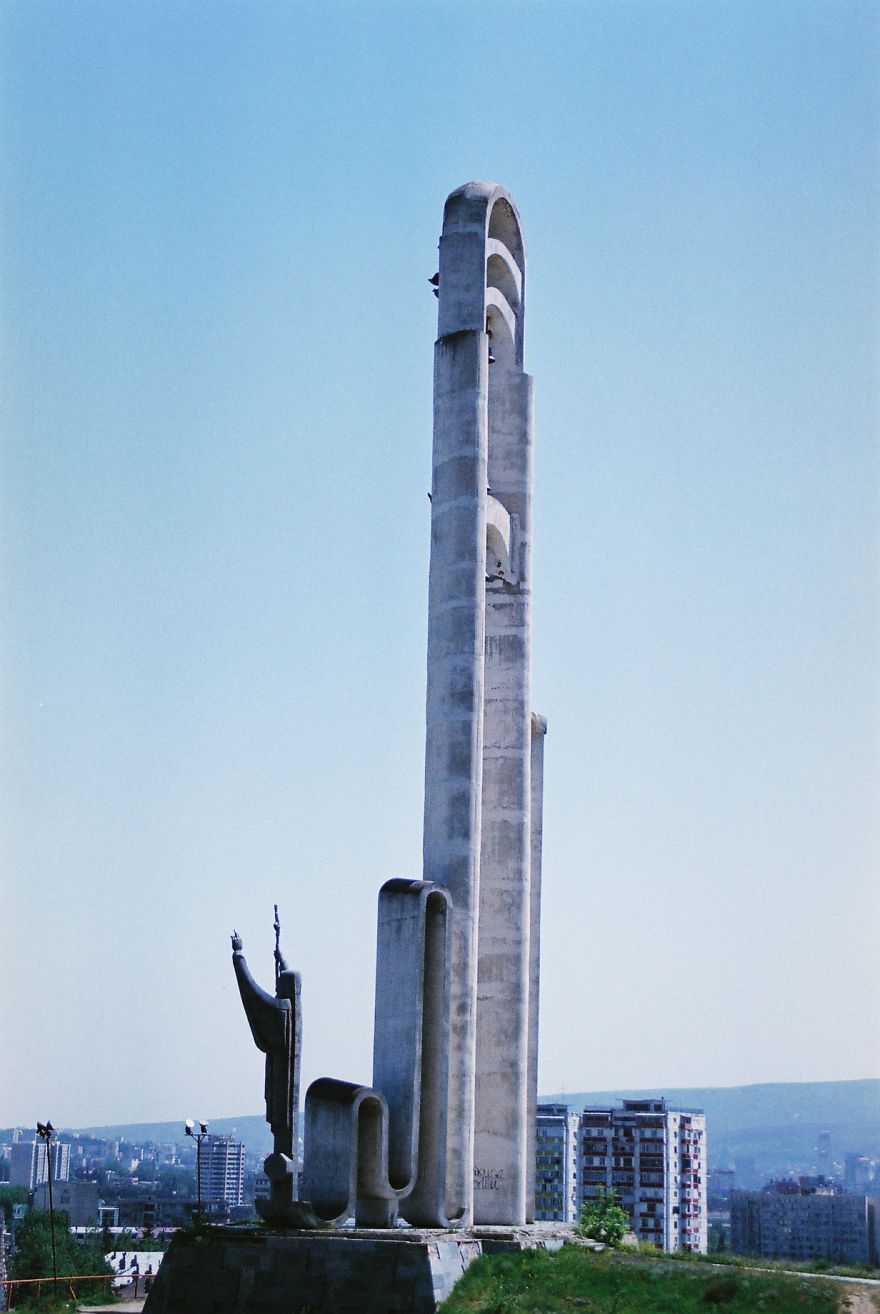






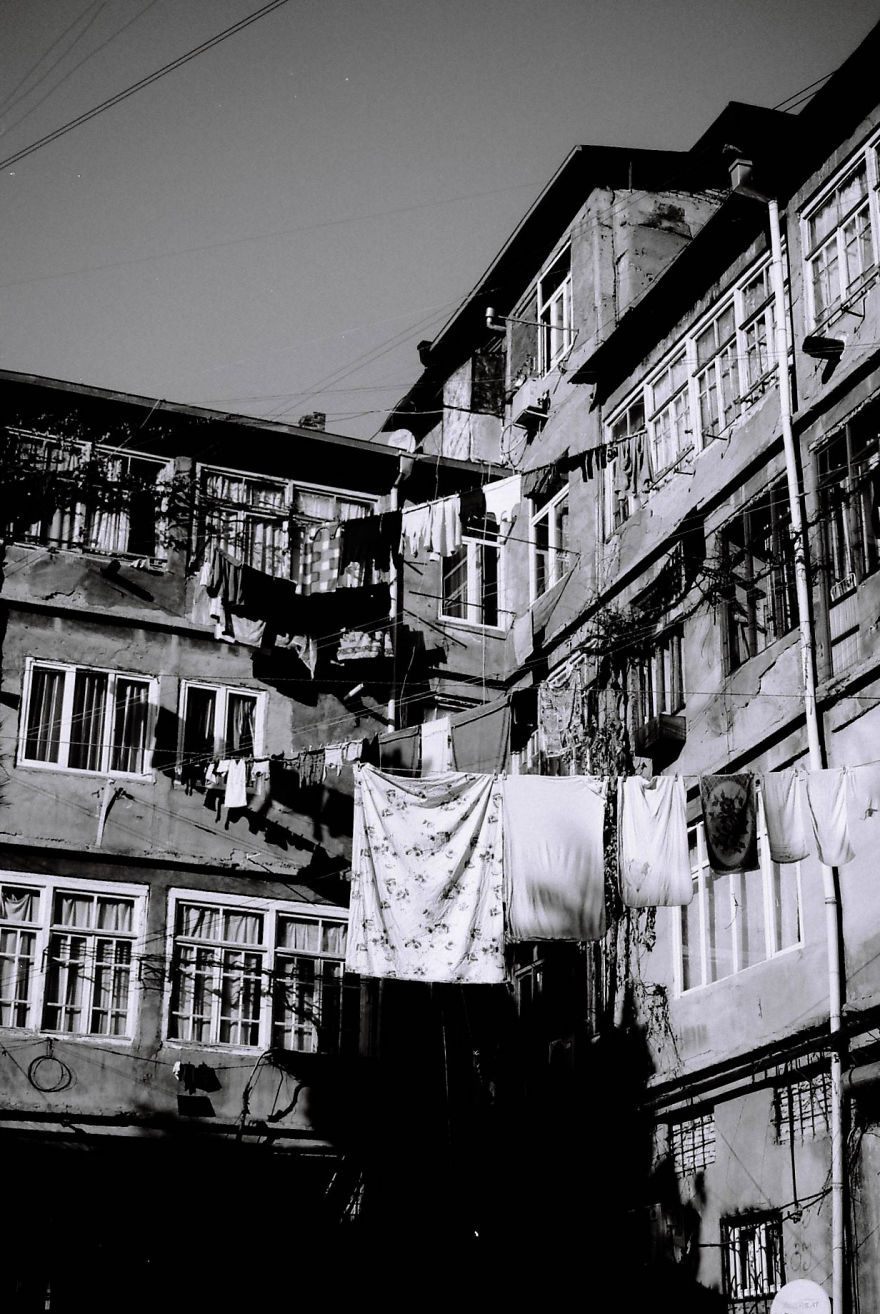


























22
4